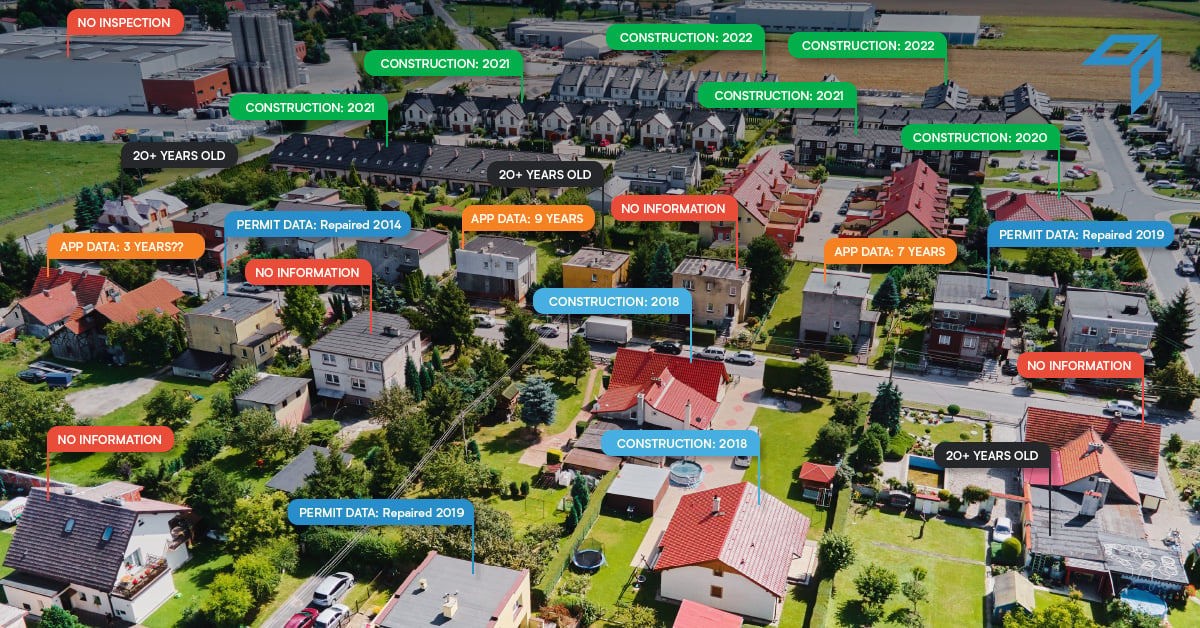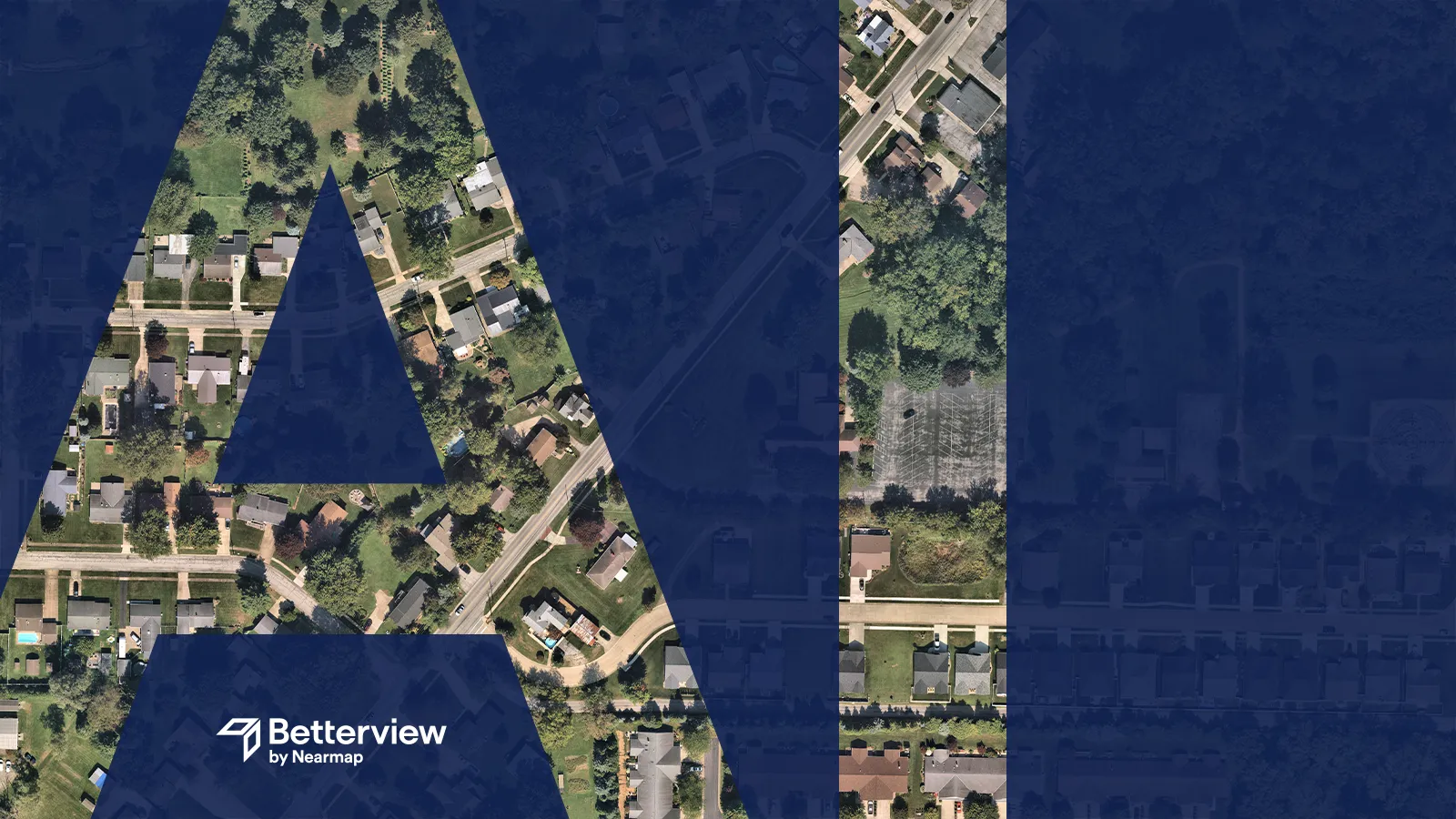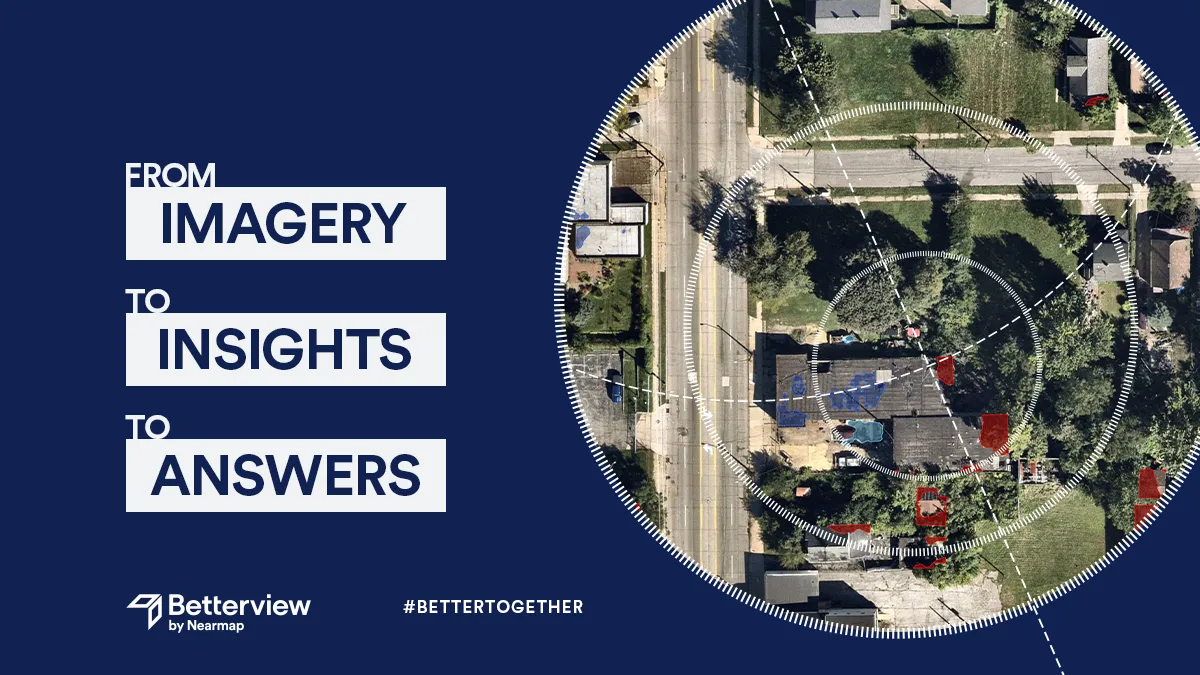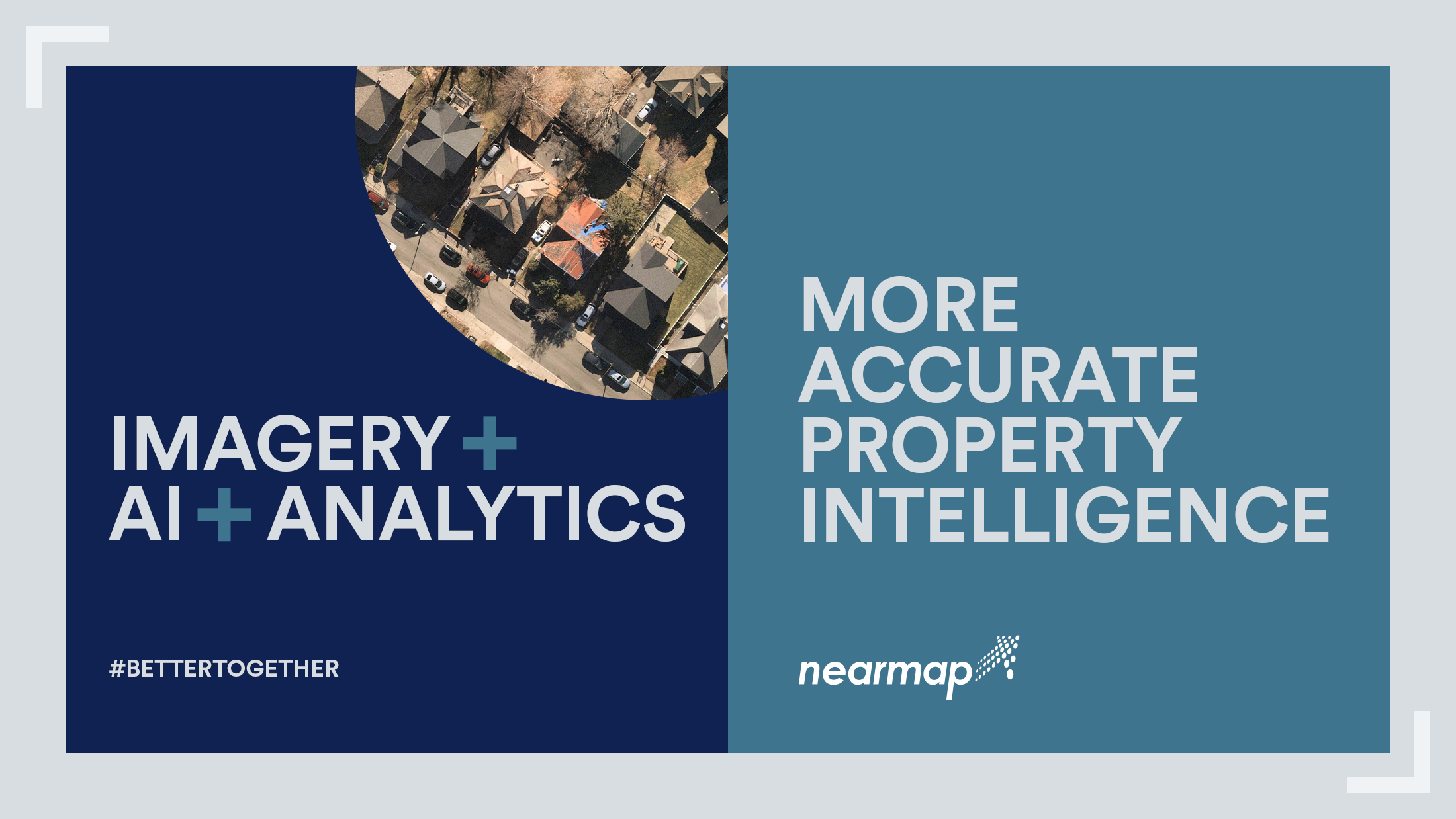How AI Can Keep P&C Insurers Profitable
How can P&C insurers remain profitable in 2024?
3 min read
.png) Jason Janofsky
:
Mar 28, 2023 8:00:00 AM
Jason Janofsky
:
Mar 28, 2023 8:00:00 AM

For P&C insurers, knowledge is power. The more you know about a property’s current and historical condition, the better equipped you are to make decisions at every stage of the policy lifecycle. One current significant gap in this knowledge is roof age.
Roof age is difficult to determine with precise accuracy. This is a problem for insurers, as it is a critical factor to consider when evaluating and pricing property risk. A report by Verisk found that inaccurate roof age data costs insurers up to $1.31 billion in premiums annually. In truth, unless you have direct knowledge of the date a roof was replaced, any estimation you make will be imprecise. Insurers have historically made this estimation by directly asking policyholders or by consulting permit data, but these methods return unreliable data.
It does not have to be this way. Over the past several years, a host of insurtech companies have risen to tackle knowledge gaps within the P&C insurance industry. Using innovative technologies, these companies have made it their mission to reveal every detail about property condition and risk. One by one, they are eliminating the unknowns from the property insurance business. Roof age should be the next unknown that they tackle.
Why Does Roof Age Matter?
As the first line of defense against the elements, a roof takes quite a beating. Exposure to UV rays from the sun alone makes asphalt shingles more brittle over time, causing them to be more vulnerable to wind, hail and rain damage. For this reason, especially in coastal states, the age of a roof can help insurers and policyholders determine their risk of storm damage.
A study from RMS shows that in Hurricane-prone Florida, the presence of older roofs correlated with up to 50% more damage in some instances. As hurricanes and other catastrophic events become more common and severe due to climate change, it is even more important to accurately determine relevant factors such as roof age.
Armed with accurate roof age data, insurers can help homeowners take proactive risk mitigation measures, such as repairing or replacing a damaged roof before hurricane season begins. Insurers may also use roof age to inform crucial policy decisions, such as whether to deliver actual cash value (ACV) or replacement cash value (RCV) following a claim.
Obviously, there are many advantages to obtaining an accurate estimation of roof age. But how can insurers acquire this data? Currently, there are two main sources for roof age data: homeowner-supplied roof age (or HOSRA) and permit data. As we will see, however, both methods are far from perfect.
Are Current Roof Aging Methods Unreliable?
At a first glance, it seems HOSRA data should be reliable. After all, who knows property condition better than the owners themselves? Unfortunately, the data shows that HOSRA is systematically unreliable. A report by BuildFax found that more than two-thirds of roof ages supplied by homeowners were underestimated by five years. Over 20% were underestimated by 15 years. There could be many reasons for this. A roof might have been replaced prior to a homeowner purchasing the property. The homeowner might also be incentivized to understate roof age in order to obtain a lower premium. Regardless of the reason, HOSRA alone cannot determine roof age with sufficient accuracy.
The alternative to HOSRA is for insurers to get roof age information from permit data. In theory, this should solve the problem as property owners are legally required to obtain a permit before replacing a roof. Unfortunately, this method too is riddled with knowledge gaps.
For one thing, not every municipality has permit data available. There are also cases in which permits are filed improperly, or not filed at all. But even when it is available, this information may be inaccurate. If a permit was filed but the repairs never actually took place, or if the permit indicates a full roof replacement when only part of the roof was repaired, then a roof may be reported as much newer than it actually is. In general, the unstructured nature of this data makes it difficult for algorithms to determine whether a given permit description indicates a roof was actually replaced.
The Future of Roof Age
If HOSRA is unreliable, and permit data is still held back by knowledge gaps, how can insurers reliably determine the age of a roof? One answer is to use other sources of property intelligence to fill in the gaps in current methodologies.
Computer vision and aerial imagery, for example, could be used to spotlight the actual condition of a roof. While this alone may not pinpoint roof age, it can be used to validate other sources. If a roof is reported as brand new, but there is significant staining or missing shingles, then you may have reason to doubt the validity of the initial estimate. Alternatively, historical imagery could be compared to manually determine when a roof has been replaced.
The bottom line is this: roof age data is incredibly valuable to insurance companies, but it is also plagued by knowledge gaps and misinformation. The response to this from insurers should not be to sit content with insufficient knowledge. Instead, insurers must demand better, more accurate data for all aspects of property condition, roof age included. Only when a property is fully understood can insurers best serve their customers, improve their combined ratio, and provide protection to those who need it most.
Reprinted with permission from the Feb. 14, 2023 edition of PropertyCasualty360.com. ©2023, ALM Global, LLC. Further duplication without permission is prohibited. All rights reserved. Original article can be found online here.

How can P&C insurers remain profitable in 2024?

What does the Nearmap acquisition of Betterview mean for the insurance industry?

The insurance industry, and the technology that supports it, have seen significant change over the last few years. New technology continues to come...